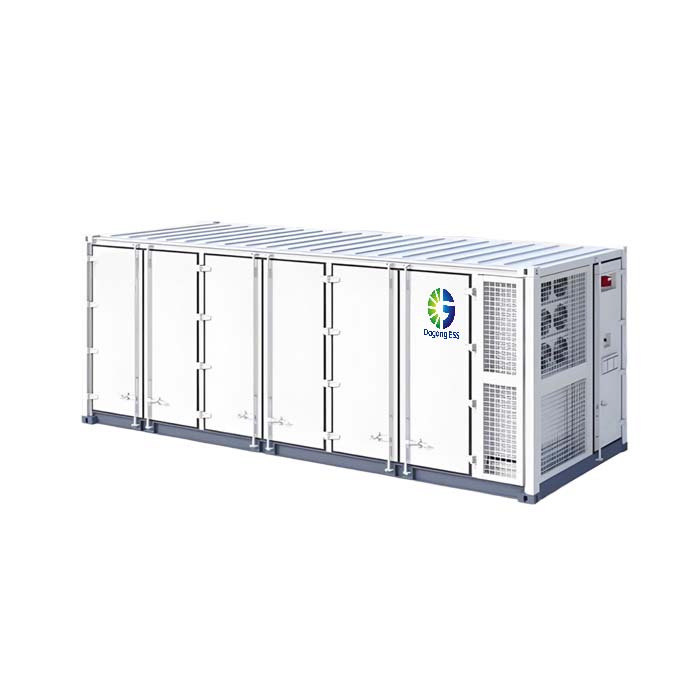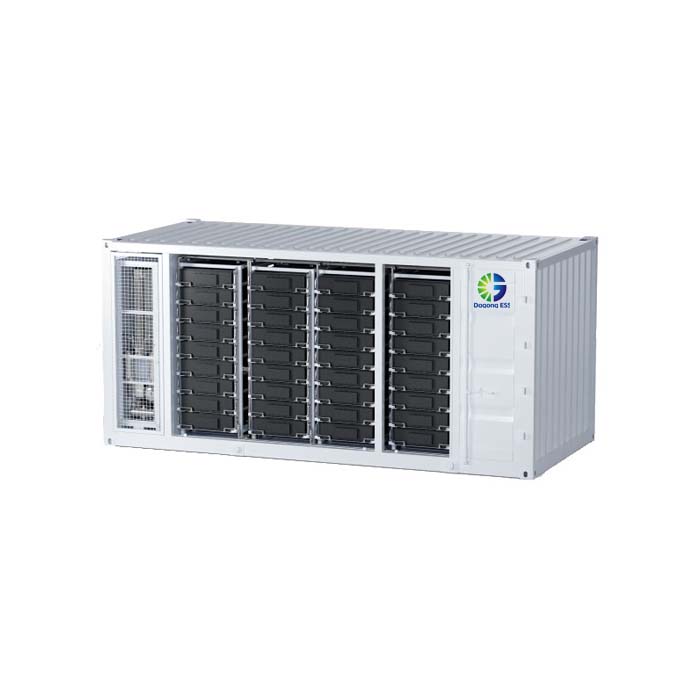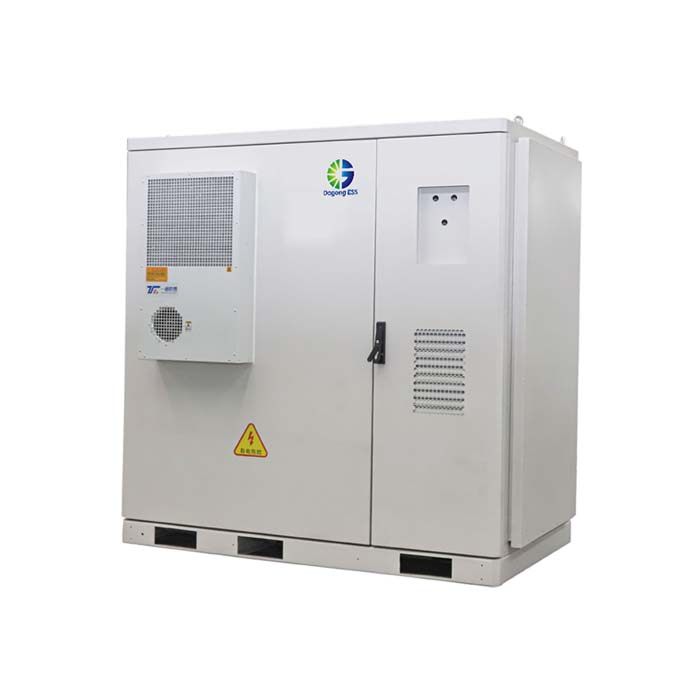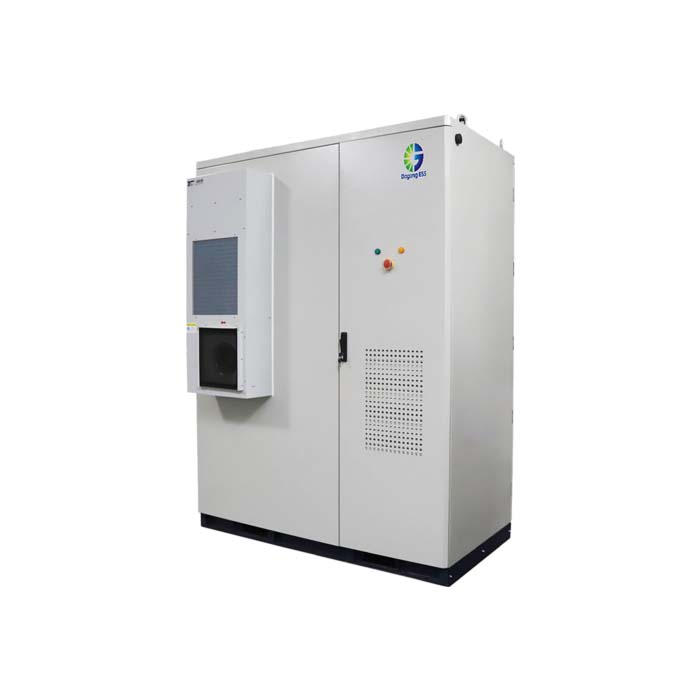What is SOC (State of Charge)
What is SOC (State of Charge)?
State of Charge (SOC) is a key indicator that represents the current charge level of a battery relative to its maximum capacity. It is expressed as a percentage (%) and provides critical data for battery management and system operation.
For example, a SOC of 100% means the battery is fully charged, while 0% indicates it is completely discharged.
Benefits of SOC
Enables accurate energy scheduling and management
Prevents overcharging and over-discharging
Enhances battery safety and longevity
Supports smart grid and load balancing
Im proves user visibility and remote monitoring
Core Technologies of SOC Measurem ent
Voltage-based estimation
Coulomb counting (current integration)
Kalman filter and neural network algorithms
Multi-sensor fusion with real-time correction
Integration with Battery Management System (BMS)
Challenges of SOC
Current SOC Challenges in the Energy Storage Industry
Inaccurate SOC readings in dynamic load conditions
SOC drift due to aging or extreme temperatures
Difficulty in SOC estimation for large-scale systems with many cells
Data inconsistency across different BMS platforms
Integration complexity with third-party energy management systems (EMS)
Why Choose Dagong ESS Products?
Dagong ESS provides advanced energy storage solutions equipped with state-of-the-art SOC management technologies. Our systems are trusted by global clients across residential, commercial, and industrial sectors.
Accurate SOC Estimation
Advanced algorithms ensure real-time and precise SOC tracking under various operating conditions.
Integrated BMS + EMS Platform
Fully integrated systems support seamless monitoring, diagnostics, and remote SOC calibration.
Wide Operating Temperature Range
SOC accuracy is maintained even in harsh environments thanks to robust thermal and voltage compensation strategies.
Long Cycle Life & Stable Performance
Optimized SOC management helps extend battery lifespan and enhances overall system performance.
Customizable SOC Settings
Dagong ESS provides customizable SOC thresholds and interfaces tailored to project-specific energy strategies.
Applications of SOC in Energy Storage Systems
Residential Energy Storage
In home battery systems, SOC helps users understand daily energy usage and optimize solar self-consumption.
Commercial & Industrial Applications
SOC is essential for peak shaving, demand response, and maintaining power continuity during outages.
Grid-Connected Systems
In large-scale grid projects, SOC supports real-time dispatching, frequency regulation, and reserve control.
Dagong ESS Products Showcase
Home ESS (5kWh–80kWh)
Ideal for residential solar + storage systems. Real-time SOC display allows homeowners to track energy use and battery status via mobile apps.
Rack-Mounted ESS (30kWh–80kWh)
Compact design for light commercial use. Integrated BMS ensures accurate SOC readings and thermal management.
Air-Cooled C&I Storage Cabinet (100kWh–215kWh)
Designed for energy peak shaving and backup. SOC is monitored across all modules with cloud-based alert systems.
Liquid-Cooled ESS Cabinet(100kWh–372kWh)
High energy density and fast thermal dissipation. SOC accuracy is maintained even under high-power cycling conditions.
Custom Containerized ESS Solutions
Scalable for utility-scale projects. SOC integration with external EMS enables smart grid control and energy arbitrage.
Frequently Asked Questions
Q1: How is SOC measured in your ESS products?
A: We use a combination of voltage monitoring, current integration, and intelligent algorithms such as Kalman filtering to ensure accurate SOC estimation.
Q2: Can I monitor the SOC remotely?
A: Yes, all Dagong ESS products support remote SOC monitoring via our web platform and mobile app.
Q3: What happens if the SOC goes below 10%?
A: The system automatically activates protection modes to prevent deep discharge and maintain battery health.
Q4: How often is the SOC recalibrated?
A: Our system performs dynamic SOC recalibration based on usage patterns and charge cycles to avoid drift.
Q5: Are Dagong ESS systems compatible with third-party PV inverters?
A: Yes, Dagong ESS solutions are designed to be flexible and can integrate with most mainstream inverters and EMS platforms.








